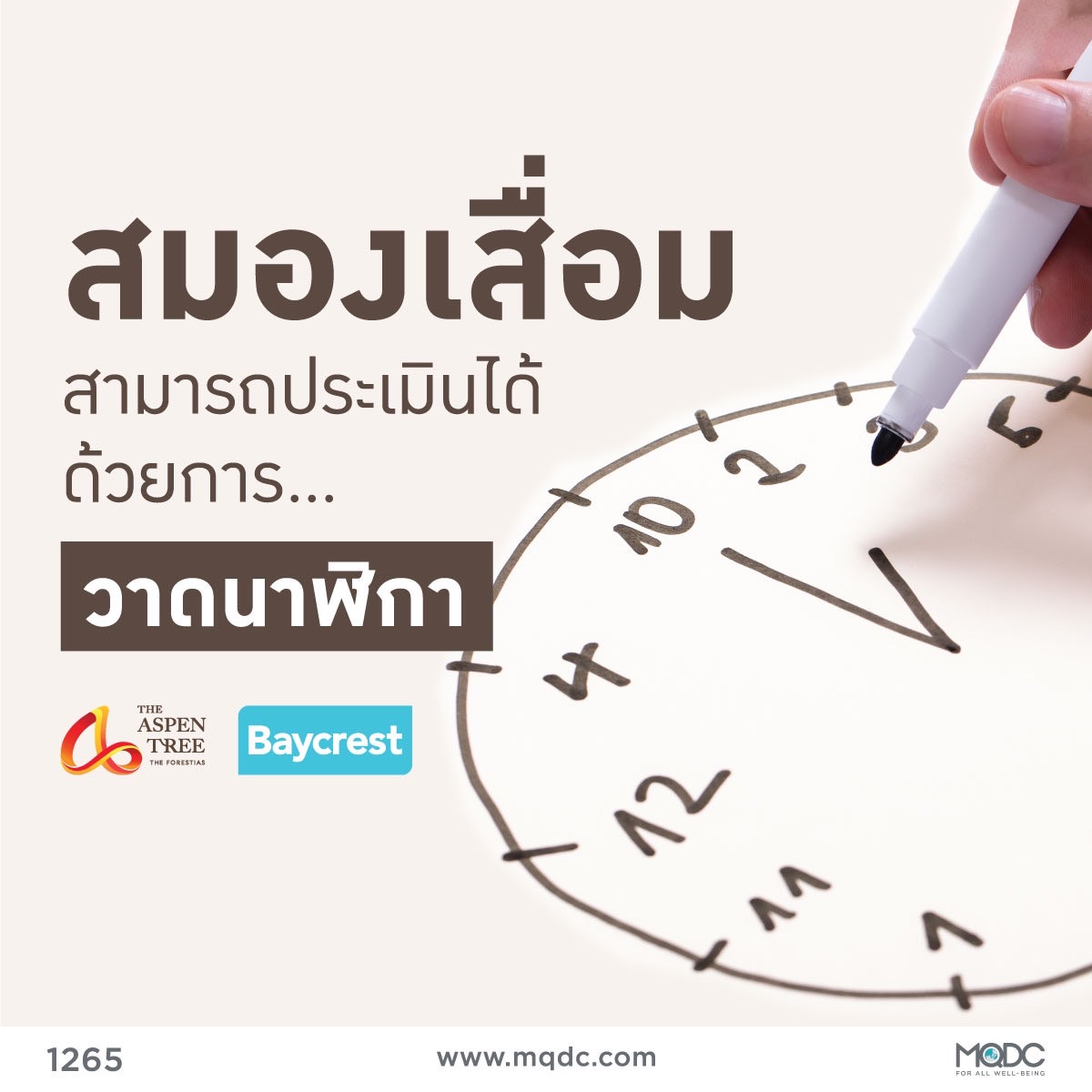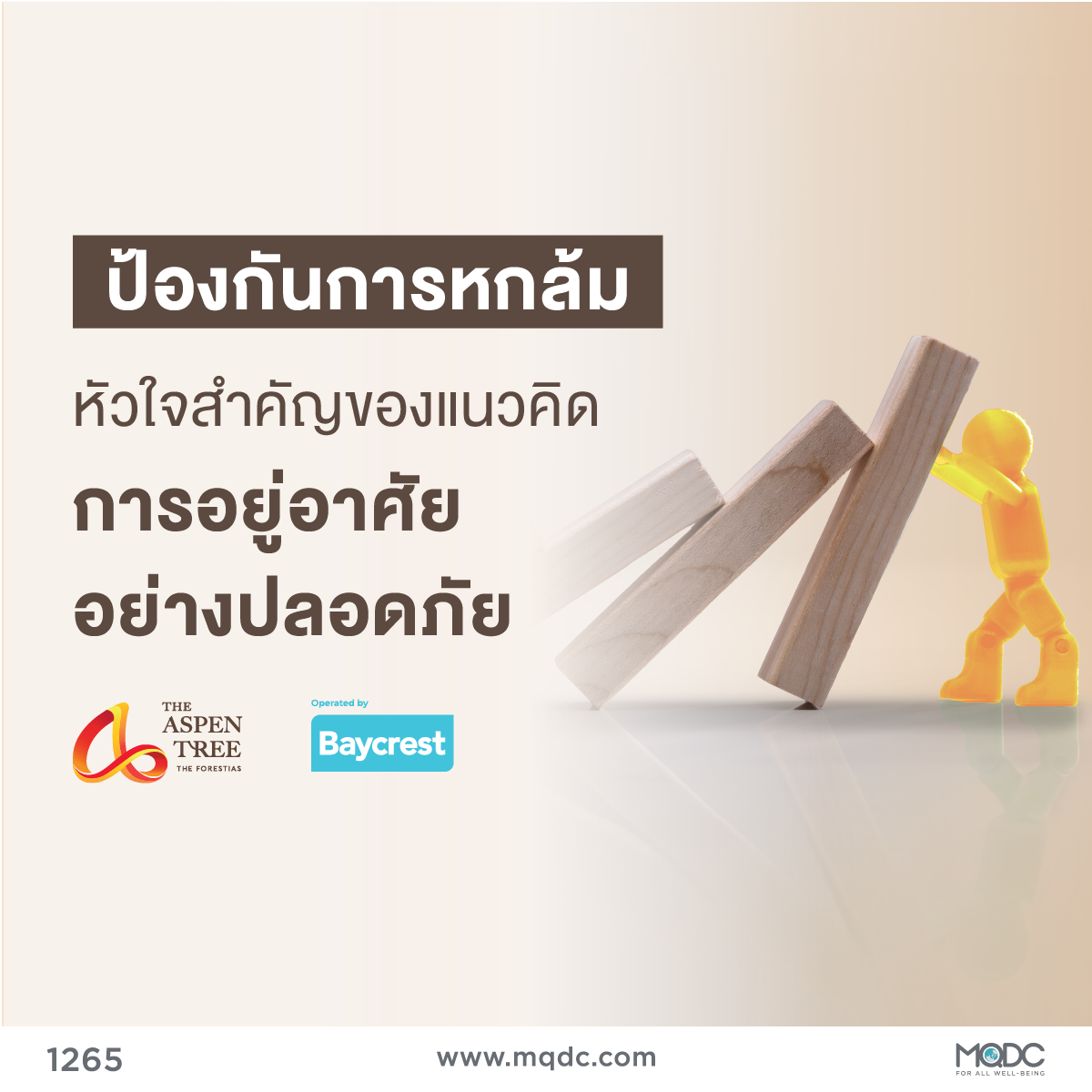People with Alzheimer’s disease and other forms of dementia can greatly benefit from an early diagnosis. It means they can promptly access care and treatment options, and can plan ahead while they are still able to make important decisions. It also gives both the person and their caregivers a chance to learn about the disease and set realistic expectations together.
How a Clock Drawing Can Screen for Dementia
However, early symptoms of dementia are very subtle, vague and vary between people. While there are a variety of cognitive assessments available, the clock drawing test is a quick and easy way to screen for dementia, including Alzheimer’s disease.
This nonverbal screening tool involves drawing a clock on a piece of paper with numbers, clock hands, and a specific time. To do so requires understanding the placement of the hands on a clock and interpreting the time they are intended to represent. This ability is often lost in people with early stage dementia.
Advantages of the Clock Drawing Test
At Baycrest, Dr. Morris Freedman, Head of Neurology and Scientist at Baycrest’s Rotman Research Institute, uses the free-drawn clock test because it is the most sensitive. In this test, a person is given a blank piece of paper and asked to draw the face of a clock, put in all the numbers, and set the hands to a certain time. The time setting is extremely important; various times are used, but ten after eleven is most common as it is a very sensitive time. In order to draw this time correctly, the ten needs to be recoded to a two.
How Can Doctors Use the Test?
The clock drawing test is quick and easy to administer, and provides neurologists and other clinicians with a lot of information in a very short time. This simple tool is often used in combination with other screening tests but can provide valuable clues on its own. By examining a person’s clock, you can identify various cognitive impairments — or a lack thereof.
It is relatively easy to train non-professional staff to administer a clock drawing test. In the clinical setting, any healthcare professional who is trained in how to administer the test is able to do so. But, the interpretat
Analyzing the clock involves the skill of looking at the process the person uses to draw their clock, and then determining what cognitive functions go into the process. Different types of errors point to different problems with brain functions. The problems most commonly identified using the clock test are executive dysfunctions, such as those used with planning, attention, repetitive behaviours and visuospatial deficits, such as the inability to identify visual and spatial relationships among objects. Some examples are described below:
Examples of Drawings That Reveal Brain Issues
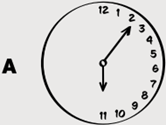
Clock A: All 12 numbers on one side of the clock, indicating a planning problem
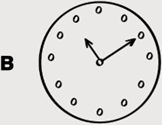
Clock B: Clock with all zeros, indicating a language problem (difficulty producing numbers)
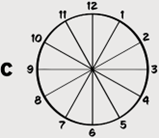
Clock C: Spokes of a wheel clock, indicating perseveration (i.e., repeating an action without stopping — in this example, the interval marks extended to the centre of the clock)

Clock D: Numbers drawn both inside and outside of the clock, indicating a visuospatial problem
The Start of the Clock Drawing Test
The origins of the clock drawing test are relatively unknown, but it is believed it was developed in the early 1900s. Since the first clinical mention of the test in the early 1950s (i.e., The Parietal Lobes by MacDonald Critchley), the test has since become one of the most widely used cognitive screening instruments in clinical and research settings.
In 1994, Dr. Freedman published a book on clock drawing with a team of multidisciplinary experts. The book, Clock Drawing: A Neuropsychological Analysis, is a practical guide to the assessment of clock drawing, which takes a process-oriented approach to qualitative impairment. Dr. Freedman and his team also largely popularized the time setting for the test as 10 minutes after 11.
Baycrest’s Clock-Drawing Research
At Baycrest, Dr. Freedman and his former fellow, Dr. Eslam Abdellah, are now leading a study, in conjunction with the Temerty Faculty of Medicine at the University of Toronto, which examines the sequencing of drawing a clock. This is to investigate whether the order in which people draw the different elements of the clock has any diagnostic value. This is being conducted with data from the TDRA Memory Clinics Database.
Healthy, Happy, Hassle-Free Living at The Aspen Tree at The Forestias, Operated by Baycrest with “Holistic Lifetime Care”
Have you asked yourself what lifestyle you’d like to enjoy at 50+? It’s a question for everyone who plans their long-term well-being as an older adult. How good would it be to design your life and have a residence with everything for Holistic Lifetime Care? A focus on services and preventive care is combined with activities and leisure options. The Health & Wellness program is tailored to your lifestyle by a team of health experts with Baycrest, a world leader in elderly health from Canada with over 100 years of experience. Your physical, mental, and brain health is optimized in a warm community giving you safety, convenience, and well-being in every aspect.
The Aspen Tree’s Health & Brain Center provides support to counter dementia. A team of specialists are on hand 24 hours a day to give you peace of mind and holistic good health.
Live a carefree life in the free time of life. Let's discover the perfect life together.
Find out more CLICK https://mqdc.com/aspentree
Call 1265
LINE OA: @TheAspenTree CLICK https://mqdc.link/3Emhkde
References:
Toronto Dementia Research Alliance, Scientist Explains, May 31, 2022.
http://baycrest.uberflip.com/i/1479362-brainmatters-fall-2022/11



